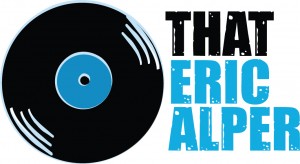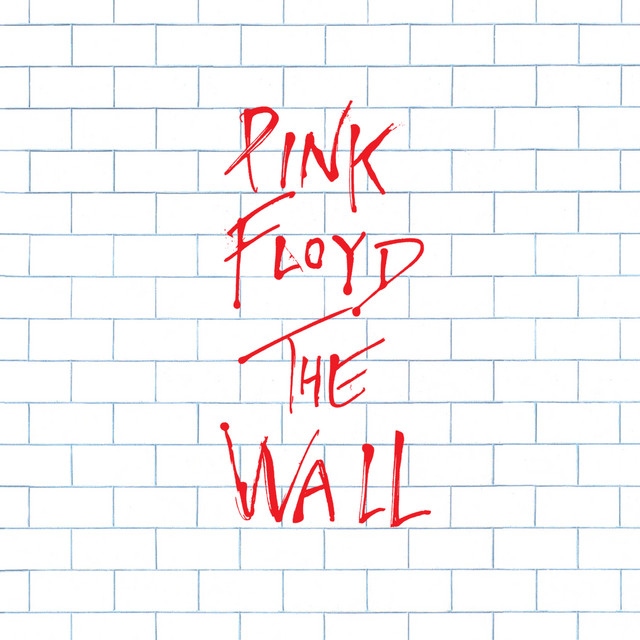There are legendary albums, and then there’s The Wall—an album so ambitious, so theatrical, and so psychologically intense that not only stretched the boundaries of music but of each of the members of Pink Floyd. Released in 1979, this double album is a rock opera exploring isolation, control, and rebellion, told through the story of the disillusioned rock star, Pink. You know the hits—Another Brick in the Wall, Part 2, Comfortably Numb, Run Like Hell—but here are five facts about The Wall that even the most die-hard Floyd fans might not know.
1. The First and Last Lines Create an Infinite Loop
One of the most brilliant yet often overlooked aspects of The Wall is how it loops in on itself. The album begins with the words “We came in…” on the track In the Flesh? and ends with “…Isn’t this where?” on Outside the Wall. This cyclical structure suggests that Pink’s story is a never-ending cycle of trauma and self-destruction. Roger Waters, the mastermind behind the album’s concept, crafted this loop to symbolize the inescapability of psychological walls—barriers we construct only to find ourselves right back where we started.
2. Richard Wright Was Fired… But Made the Most Money
Keyboardist Richard Wright was ousted from Pink Floyd during the recording of The Wall—a casualty of Roger Waters’ increasing control over the band. However, Wright had the last laugh. While the rest of the band took massive financial losses from the elaborate Wall tour, Wright was hired as a session musician on a fixed salary. Because of this, he was the only member to actually make money from the live performances.
3. The Children’s Choir Was Recorded in Secret
That iconic children’s chorus on Another Brick in the Wall, Part 2? It almost didn’t happen. Producer Bob Ezrin, looking for a way to elevate the song, had the idea to record a choir of schoolchildren. Without informing their headmaster, music teacher Alun Renshaw took students from Islington Green School to a studio and had them chant the now-famous lines. When the school later found out, there was outrage over the fact that the children were not paid royalties. Instead, they received free concert tickets and an album copy.
4. “Comfortably Numb” Nearly Tore the Band Apart
Arguably the most beloved track on The Wall, Comfortably Numb was the source of a major clash between Roger Waters and David Gilmour. Waters wanted a grand, orchestral arrangement, while Gilmour envisioned a raw, stripped-down sound. The compromise? The verses were recorded with strings, while Gilmour’s legendary guitar solos remained untouched. The tension during this fight was so intense that Gilmour later said it was the moment he realized he and Waters could no longer work together.
5. Beach Boys and Disco Influences on The Wall
Yes, you read that right. While The Wall is known for its dark themes and progressive rock sensibilities, it surprisingly contains elements of disco and even a connection to The Beach Boys. Producer Bob Ezrin pushed for Another Brick in the Wall, Part 2 to have a disco beat to make it more radio-friendly—something David Gilmour initially hated but later admitted worked in the song’s favor. Additionally, Beach Boys member Bruce Johnston and touring musician Toni Tennille provided backing vocals on The Show Must Go On, an often-overlooked deep cut from the album.
More than four decades later, The Wall remains one of the most ambitious and influential albums in rock history. Its themes of alienation, authority, and mental collapse are as relevant today as they were in 1979. Whether you’re revisiting the album for the hundredth time or discovering these hidden gems for the first, there’s always something new to uncover behind The Wall.







